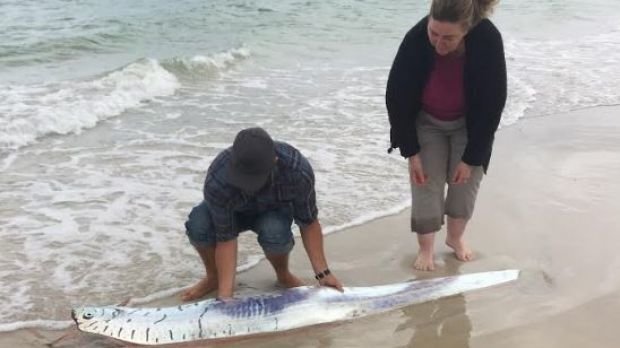
© Josiah Garber/FotoliaA new receptor protein, LITE-1, was found among a family of taste receptors in invertebrates, meaning that these animals may actually have a taste perception of light.
An international team of scientists led by the University of Michigan
has discovered a new type of photoreceptor -- only the third to be found in animals -- that is about 50 times more efficient at capturing light than the rhodopsin in the human eye.The new receptor protein, LITE-1, was found among a family of taste receptors in invertebrates, and has unusual characteristics that suggest potential future applications ranging from sunscreen to scientific research tools, the team noted in findings scheduled to be published Nov. 17 in the journal
Cell.
"Our experiments also raise the intriguing possibility that it might be possible to genetically engineer other new types of photoreceptors," said senior study author Shawn Xu, a faculty member of the U-M Life Sciences Institute, where his lab is located.
The LITE-1 receptor was discovered in the eyeless, millimeter-long roundworms known as nematodes, a common model organism in bioscience research.
"LITE-1 actually comes from a family of taste receptor proteins first discovered in insects," said Xu, who is also a professor in the Department of Molecular and Integrative Physiology at the U-M Medical School. "These, however, are not the same taste receptors as in mammals."
Xu's lab previously demonstrated that although they lack eyes, the worms will move away from flashes of light. The new research goes a step further, showing that LITE-1 directly absorbs light, rather than being an intermediary that senses chemicals produced by reactions involving light.
"Photoreceptors convert light into a signal that the body can use," Xu said. "LITE-1 is unusual in that it is extremely efficient at absorbing both UV-A and UV-B light -- 10 to 100 times greater than the two other types found in the animal kingdom: opsins and cryptochromes. The next step is to better understand why it has these amazing properties."





Comment: See also: Woman killed in suspected moose attack near Wasilla, Alaska